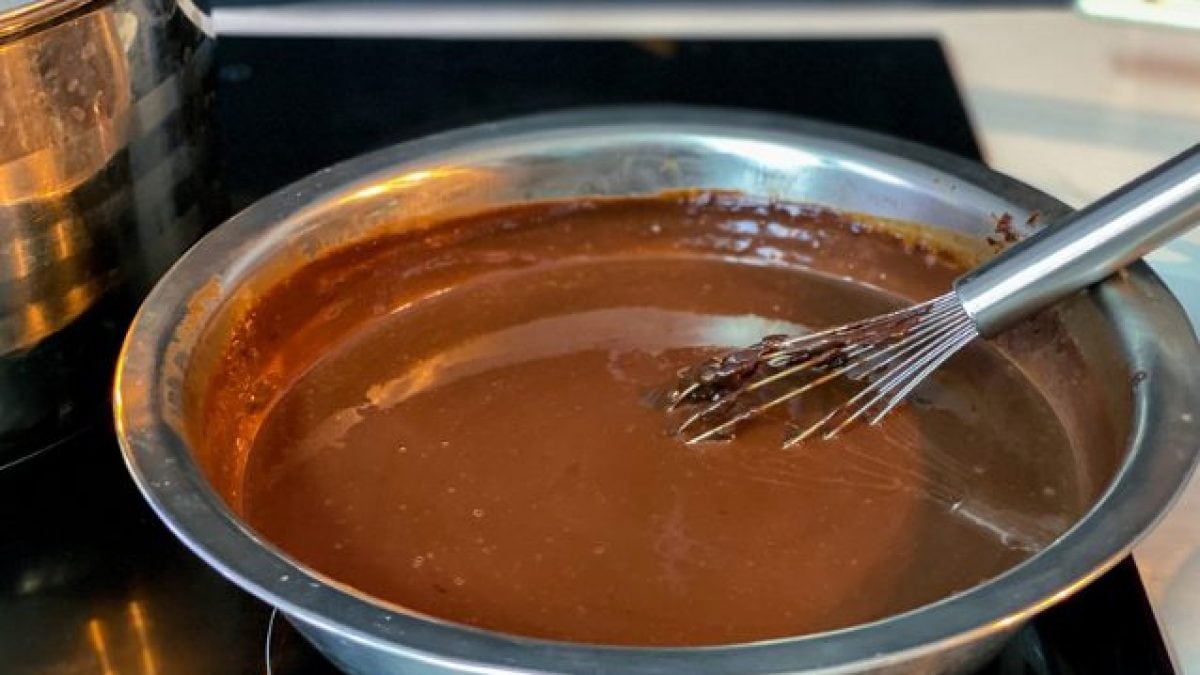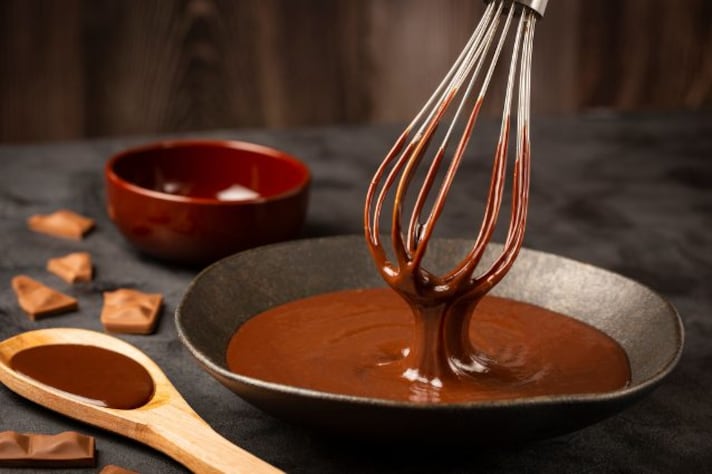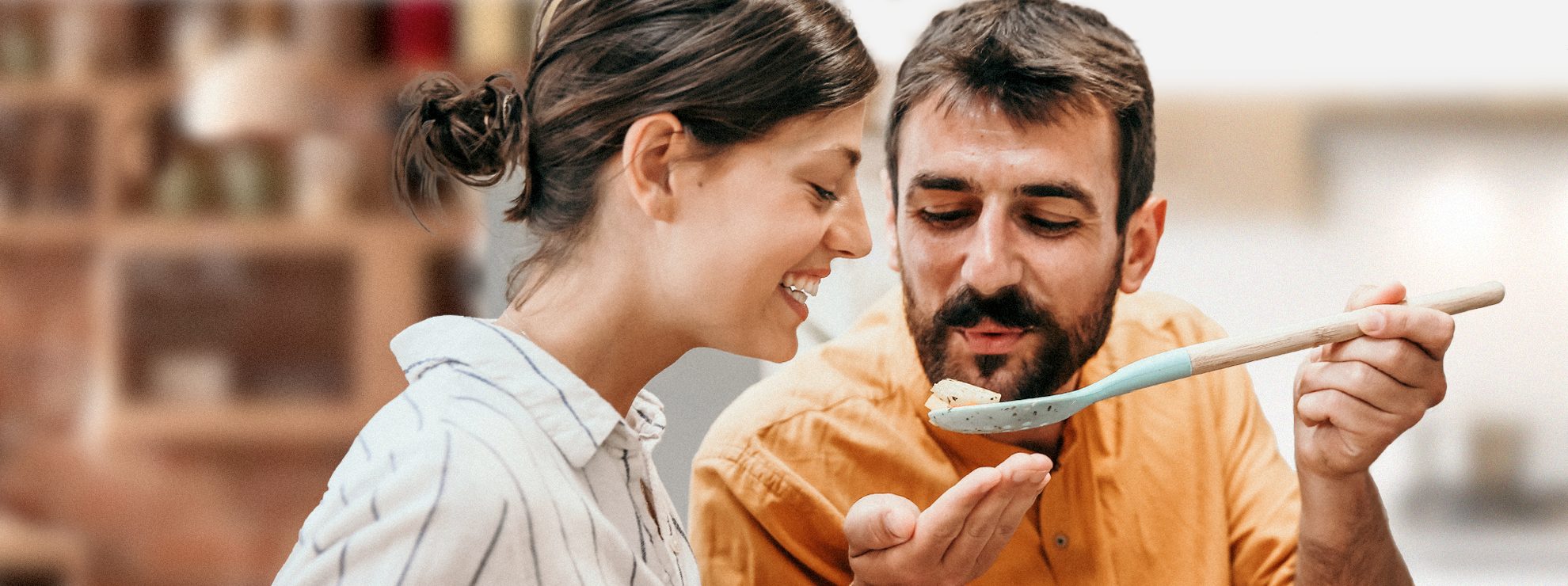
Chocolate is one of the most temperamental ingredients in the kitchen. Melt it too fast, and it scorches. Stir it too little, and it clumps. But if there’s one unforgivable sin when working with melted chocolate, it’s introducing water into the mix. Even the tiniest drop can turn your smooth, glossy chocolate into a grainy, lumpy disaster. But why does this happen? And is there any way to fix it if disaster strikes?
Chocolate and Water
At first glance, chocolate and water seem like they should get along just fine. After all, we mix chocolate with milk, cream, and even coffee without issue. But plain water? That’s an entirely different story. Chocolate is composed of cocoa solids, cocoa butter, and sugar, all of which melt beautifully together when treated properly. But introduce a little water, and suddenly, everything seizes up into an unworkable mess.
This is because water and chocolate have fundamentally different natures. Chocolate contains fat (from cocoa butter), and water does not dissolve in fat. Normally, when chocolate melts, the cocoa butter helps everything stay smooth and fluid. But if water sneaks in, even in a tiny amount, it disrupts the balance, causing the chocolate particles to clump together. Instead of a silky texture, you get something that looks like damp sand—and no one wants a sandcastle of ruined chocolate.

Steam: The Silent Saboteur
You might think, “I never pour water directly into my chocolate, so I should be fine.” But the real danger often comes from steam. If you’re using a double boiler (which is one of the best ways to melt chocolate gently), rising steam can condense on your spoon, mixing bowl, or even inside your chocolate, leading to the dreaded seizing effect.
The tricky part? It only takes a drop. One stray bead of condensation, and your chocolate can go from glossy perfection to a gritty disaster in seconds. That’s why professional pastry chefs always make sure everything is completely dry before working with melted chocolate. Even the tiniest mistake—like using a damp spatula—can spell disaster.
The Difference Between Water and Dairy
Now, you might wonder: If water is so disastrous, why do chocolate-based recipes often call for cream or milk? The key difference is fat content. When you add warm cream or butter to chocolate, the fat helps blend everything smoothly, preventing the cocoa solids from clumping together. But water has no fat, so instead of helping chocolate stay fluid, it causes it to stiffen up.
That’s why recipes like ganache work—the warm cream blends seamlessly with the chocolate, creating a silky texture. But if you were to swap cream for water? Prepare for a lumpy, unworkable mess.

Can Seized Chocolate Be Saved?
If water has already found its way into your chocolate and it’s seized up, all hope isn’t necessarily lost. The key is not to fight the separation—but to embrace it by adding even more liquid. That’s right: More liquid, not less.
Adding a few tablespoons of hot cream, melted butter, or even a bit of vegetable oil can help restore the chocolate’s smooth consistency by reintroducing fat to balance the mixture. If you only have water? Adding a small amount of hot water—enough to turn the mixture into a chocolate sauce rather than a thick melted chocolate—can sometimes help salvage the situation.
But let’s be honest: Once chocolate has seized, it rarely returns to its former glossy perfection. You might be able to repurpose it for brownies or a sauce, but for tempering or dipping? It’s probably time to start over.
;Resize,width=767;)
